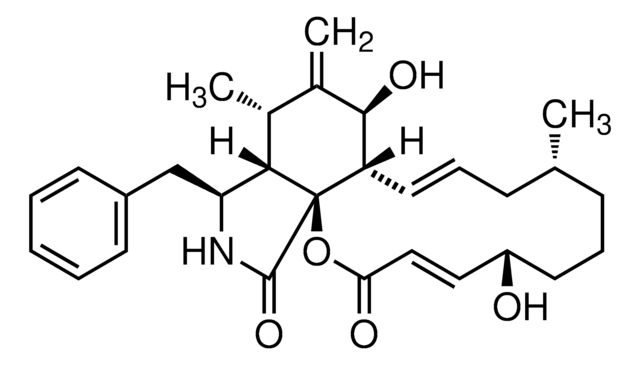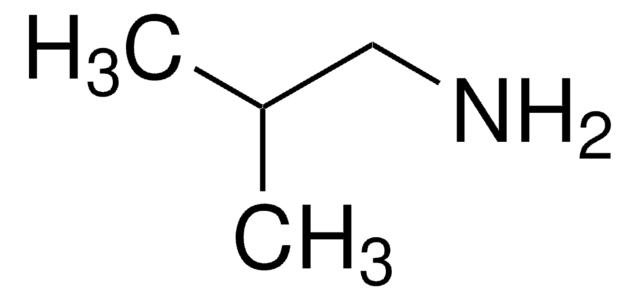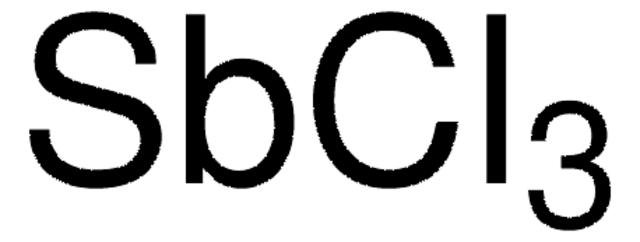Key Documents
About This Item
Polecane produkty
klasa czystości
ACS reagent
Próba
≥99.0%
Postać
powder or crystals
przydatność reakcji
reagent type: catalyst
core: cadmium
zanieczyszczenia
≤0.005% insolubles
strata
≤1.0% loss on drying
rozpuszczalność
water: soluble
ślady anionów
NO3- and NO2-: ≤0.003%
chloride (Cl-): ≤0.001%
ślady kationów
Ca: ≤0.01%
Cu: ≤0.002%
Fe: ≤0.001%
K: ≤0.02%
Na: ≤0.05%
Pb: ≤0.003%
Zn: ≤0.05%
ciąg SMILES
[Cd++].[O-]S([O-])(=O)=O
InChI
1S/Cd.H2O4S/c;1-5(2,3)4/h;(H2,1,2,3,4)/q+2;/p-2
Klucz InChI
QCUOBSQYDGUHHT-UHFFFAOYSA-L
Szukasz podobnych produktów? Odwiedź Przewodnik dotyczący porównywania produktów
Opis ogólny
Zastosowanie
It may be used as cadmium source in the synthesis of the following:
- cadmium sulfide (CdS) thin films
- cadmium carbonate (CdCO3) microcrystals
- cadmium sulfide-montmorillonite nanocomposites
- cadmium sulfate phases
- cadmium sulfide (CdS) quantum dots
Hasło ostrzegawcze
Danger
Zwroty wskazujące rodzaj zagrożenia
Zwroty wskazujące środki ostrożności
Klasyfikacja zagrożeń
Acute Tox. 2 Inhalation - Acute Tox. 3 Oral - Aquatic Acute 1 - Aquatic Chronic 1 - Carc. 1B - Muta. 1B - Repr. 1B - STOT RE 1
Organy docelowe
Bone,Kidney,Respiratory system
Kod klasy składowania
6.1B - Non-combustible acute toxic Cat. 1 and 2 / very toxic hazardous materials
Klasa zagrożenia wodnego (WGK)
WGK 3
Temperatura zapłonu (°F)
Not applicable
Temperatura zapłonu (°C)
Not applicable
Certyfikaty analizy (CoA)
Poszukaj Certyfikaty analizy (CoA), wpisując numer partii/serii produktów. Numery serii i partii można znaleźć na etykiecie produktu po słowach „seria” lub „partia”.
Masz już ten produkt?
Dokumenty związane z niedawno zakupionymi produktami zostały zamieszczone w Bibliotece dokumentów.
Klienci oglądali również te produkty
Nasz zespół naukowców ma doświadczenie we wszystkich obszarach badań, w tym w naukach przyrodniczych, materiałoznawstwie, syntezie chemicznej, chromatografii, analityce i wielu innych dziedzinach.
Skontaktuj się z zespołem ds. pomocy technicznej













